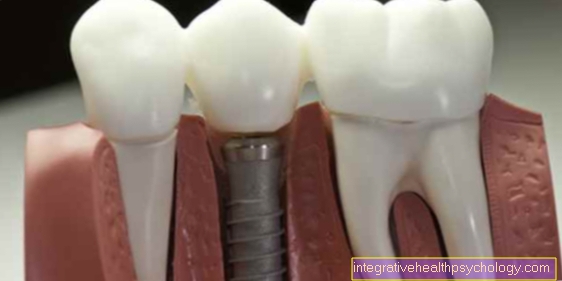Bowen's disease
definition
Bowen's disease (synonym: Erythroplasia de Queryat, Bowen Dermatosis preacancerosa, Dyskeratosis maligna, Bowen skin cancer) is a precancerous condition of the skin. A precancerous condition is a precancerous stage that is not yet invasive. This means that the degenerated cells do not yet grow deep into the tissue and thus cannot spread and form metastases.
Bowen's disease is by definition a intraepidermal carcinoma in situ. The term "intraepidermal" means that the changed cells of the precancerous stage are in the uppermost layers of the skin (epidermis). Carcinoma in situ is the term used to describe precancerous stages whose penetration depth is so small that the so-called basement membrane of the tissue is not yet broken. If this basement membrane is broken, it is an invasive cancer.
Bowen's disease can be found all over the skin, but it is particularly common on the torso, face, lower legs and fingers.
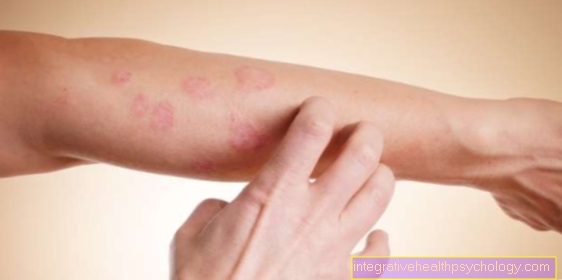
Concomitant symptoms
Bowen's disease primarily causes symptoms on the skin:
- eczema-like skin changes
- irregularly shaped
- sharply delimited
- red, scaly
It is very similar to psoriasis or eczema, but since it does not react to cortisone ointments or other medications, Bowen's disease is suspected very quickly.
Approximately 2/3 of the patients have such a focus, 1/3 have several spots on the skin. In principle, the changes can be found on the entire skin, but they are particularly common on the torso, lower legs, fingers or face.
A special form of Bowen's disease is the Erythroplasia de Queryat which is histologically the same precancerous stage. However, it is located on the mucous membranes and thus predominantly affects the glans of the penis, the vulva or the oral mucosa. Changes in the surface of the mucous membrane can also be found there, which do not react to therapies with ointments or other drugs and must therefore be examined more closely by taking a sample.
Further information on this: These are the symptoms of skin cancer
Symptoms of the oral mucosa
Bowen's disease can also develop on the oral mucosa. There it is referred to as Erythroplasia de Queryat. Despite different names, it is the same type of precancerous disease. The Erythrplasie de Queryat the oral mucosa leads to scaly, whitish changes that bleed easily and are prone to injury.
Even eating or touching the tongue can hurt the changes and be uncomfortable. Unlike other inflammations, these changes in the lining of the mouth do not respond to soothing mouthwashes, ointments, or other medications. They are also known as refractory to therapy. An experienced specialist then suspects one Erythroplasia de Queryat.
Is Bowen's disease cancer yet?
Bowen's disease is a precancerous stage, which is also called in technical terms Precancerous disease referred to as. So it is - yet - not an invasive cancer. However, Bowen's disease can develop into cancer if not treated early. This is then referred to as Bowen's carcinoma.
The junction between Bowen's disease and Bowen's carcinoma is at the basement membrane, which separates the upper layers of the skin (epidermis) from the underlying tissue. If this basement membrane is broken by the cancer cells, it is a cancer disease.
Read more about the topic here: How do you recognize skin cancer?
Is it possible that metastases can develop in Bowen's disease?
Metastases are spread of cancer in other organs or lymph nodes. In order for cancer to metastasize, it needs a connection to lymphatic or blood vessels. From there, the cancer cells can reach other organs or lymph nodes and form metastases.
This is not the case with Bowen's disease because it has no connection to these vessels. The still intact basement membrane of the upper skin layers keeps him from doing this. Metastases can only develop when this is broken. Then one speaks of Bowen's carcinoma and not Bowen's disease.
Therapy of Bowen's disease
Bowen's disease should be treated in any case, as cancer can develop if left untreated. Early treatment is therefore very important.
Various therapy options are available for the treatment of Bowen's disease:
- surgical excision (removal) of the skin lesions
With a sufficient safety margin to healthy skin, this small procedure is usually carried out on an outpatient basis. The removed skin material is examined under a microscope after the operation to ensure that all changed cells have also been removed. - non-operative procedures
Very large and extensive skin lesions cannot always be surgically removed. In this case, tumor-destroying creams (Imiquimod, 5-fluorouracil etc.) can be applied. Radiation therapy or freezing are also possible. A combination of several methods can also be necessary and useful. This must always be decided individually.
Regular follow-up by the dermatologist is important, as Bowen's disease can recur even after successful therapy. This is known as relapse.
You may also be interested in this topic: This is how skin cancer is treated
What is the prognosis?
The prognosis for Bowen's disease is very good with early treatment. If the changed tissue is removed and the skin is checked for suspicious changes at regular intervals, a real cancer can be prevented well. Because Bowen's disease is difficult to differentiate from other skin conditions such as psoriasis, delayed diagnosis can worsen the prognosis.
What are the chances of recovery?
The chances of recovery from Bowen's disease are very good if treated early. Usually all changes can be removed surgically. If this is not the case, the changes can also be treated very well with non-surgical procedures.
Causes of Bowen's Disease
Bowen's disease has various causes.
- Chronic exposure to arsenic used to be the most common cause of Bowen's disease. Arsenic was not only found in medicines, but also as a spray in the vineyards. Therefore, winemakers in particular were affected by Bowen's disease. The risk of Bowen's disease was also significantly increased in other industries where arsenic was used. The increasing knowledge about the harmful effects of arsenic makes this cause more and more into the background nowadays.
- Another cause has been found to be that human papillomaviruses, or HPV for short, are significantly involved in the development of Bowen's disease. There are different strains of the virus that can lead to Bowen's disease to different degrees. Among other things, these are so-called high-risk virus strains, such as HPV 16 and 18. Incidentally, these can also be the cause of cervical cancer in women.
diagnosis
The diagnosis of Bowen's disease is made by the dermatologist. Bowen's disease looks similar to other skin diseases, such as psoriasis, which is why a tissue examination is essential to confirm the diagnosis. To do this, a sample is taken from the suspicious skin appearance and examined under the microscope.
In Bowen's disease there are changed cells, which are also referred to as atypical or dyskeratotic. An important feature of Bowen's disease is the intact basement membrane. If the basement membrane is broken, it is already a skin cancer.





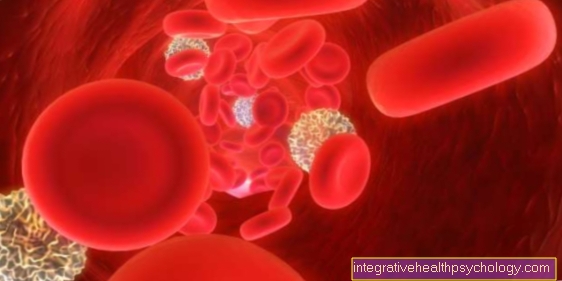



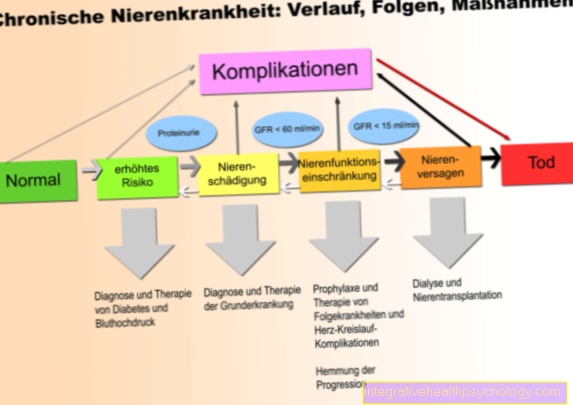
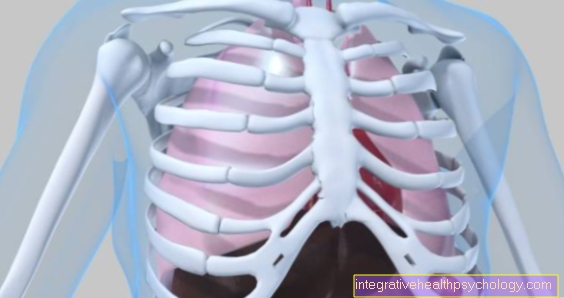
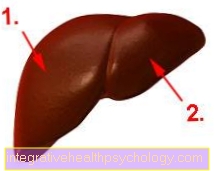

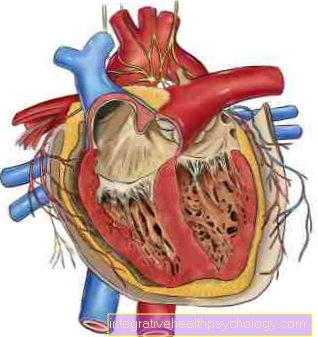
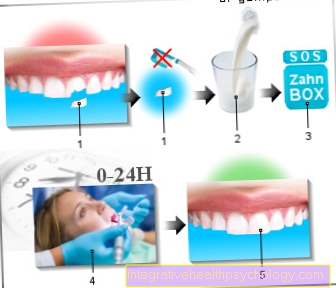









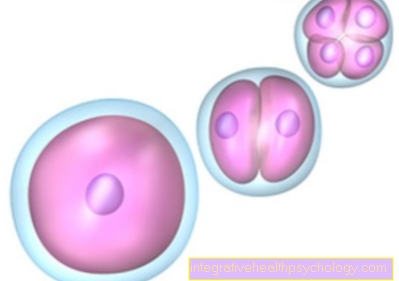

.jpg)
